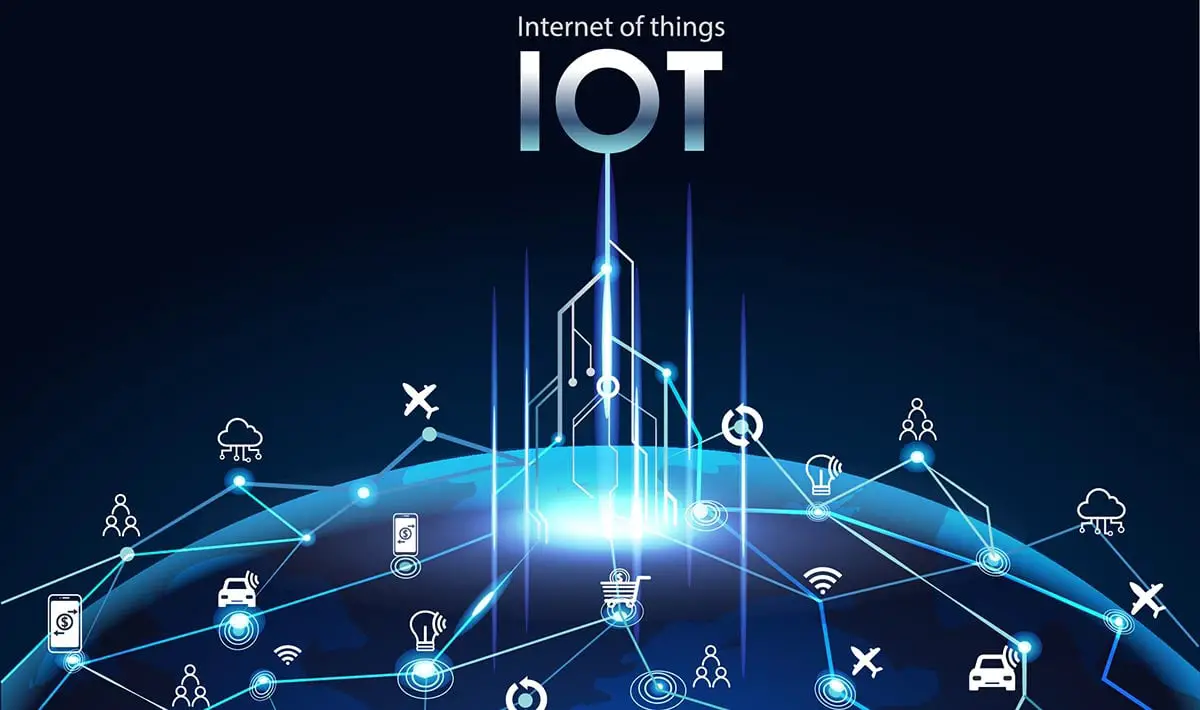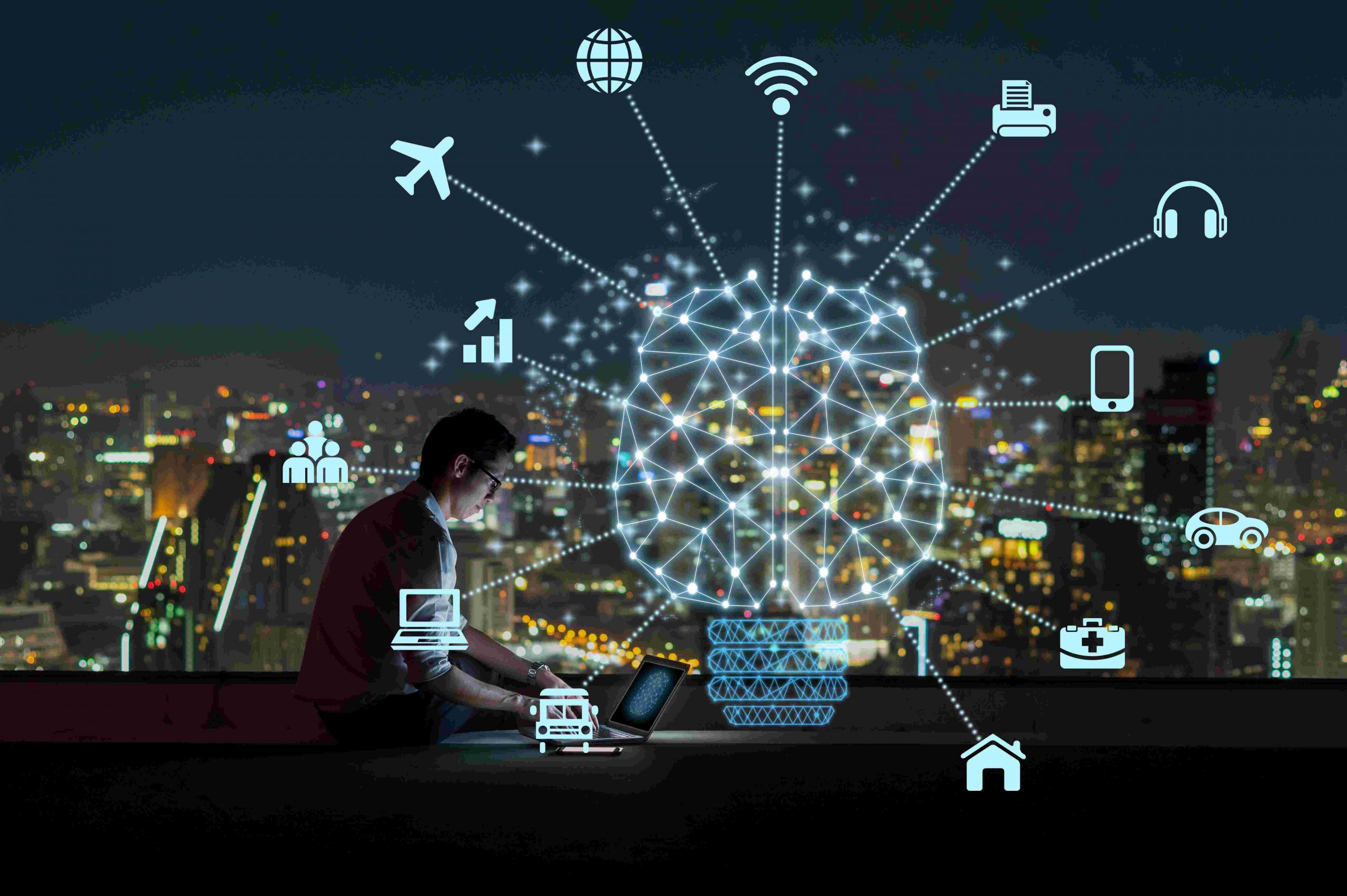The Convergence of CDN and IoT

The Internet of Things (IoT) is rapidly expanding, connecting billions of devices to the internet. This vast network of interconnected devices generates immense amounts of data, creating new challenges and opportunities for content delivery networks (CDNs).

Challenges and Opportunities

- Increased Data Volume and Variety: IoT devices generate a wider range of data types, including sensor readings, video streams, and location data. CDNs must adapt to efficiently deliver this diverse content.
- Real-Time Data Delivery: IoT applications often require real-time data delivery for remote monitoring, control, and automation. CDNs need to optimize their infrastructure to support low-latency and reliable delivery.
- Edge Computing Integration: IoT devices are often located in remote areas with limited connectivity. CDNs can leverage edge computing to cache and process data closer to the devices, reducing latency and improving performance.
- Security Considerations: The vast amount of IoT data poses significant security risks. CDNs must implement robust security measures to protect data from unauthorized access or manipulation.
- New Use Cases and Applications: The integration of CDN with IoT unlocks new possibilities for IoT-powered applications, such as autonomous vehicles, smart homes, and industrial automation.
Benefits of CDN-IoT Integration
- Improved Performance: CDNs can enhance the performance of IoT applications by caching and delivering data closer to the devices, reducing latency and improving response times.
- Cost Savings: By optimizing data delivery, CDNs can help reduce bandwidth costs for IoT service providers and end-users.
- Enhanced Security: CDNs can provide additional security layers, such as DDoS mitigation and encryption, to protect IoT data from cyberattacks.
- New Revenue Streams: CDN providers can offer new services tailored to the unique needs of IoT applications, generating additional revenue streams.
Implementation Considerations
To successfully integrate CDN with IoT, several key considerations must be taken into account:
- Architecture: The CDN architecture should be optimized to support IoT-specific requirements, such as edge caching, real-time data delivery, and data security.
- Protocols: CDNs should adopt appropriate protocols for IoT data delivery, including MQTT, CoAP, and LoRaWAN.
- APIs and Integrations: APIs should be developed for seamless integration between CDN services and IoT platforms and devices.
- Pricing Models: Pricing models should be tailored to the specific needs of IoT applications, balancing cost efficiency with performance requirements.
Conclusion
The integration of CDN and IoT is a transformative trend that unlocks significant benefits for both industries. By leveraging the capabilities of CDNs, IoT applications can achieve improved performance, cost savings, enhanced security, and new revenue streams. As the IoT ecosystem continues to grow, CDNs will play an increasingly pivotal role in supporting the data delivery needs of this interconnected world.## The Future of CDN: Integrating with the Internet of Things (IoT)
Executive Summary
The convergence of CDN (Content Delivery Networks) and IoT (Internet of Things) is poised to revolutionize the way we deliver and consume content. By leveraging the vast network of IoT devices, CDNs can significantly enhance their capabilities, enabling ultra-low latency, personalized experiences, and real-time edge computing. This integration will drive new business models, create transformative solutions, and redefine the digital landscape.
Introduction
With the rapid proliferation of IoT devices and the exponential growth of content consumption, the traditional CDN model is facing unprecedented challenges. To meet the demands of the future, CDNs must evolve by embracing the transformative capabilities of IoT. By seamlessly integrating with IoT devices, CDNs can unlock a plethora of benefits that will shape the future of content delivery.
FAQs
1. How does CDN integration with IoT benefit end-users?
- Reduced latency and improved content quality through edge caching on IoT devices
- Personalized content recommendations based on device preferences and usage patterns
- Enhanced security and privacy protections by leveraging IoT device capabilities
2. What are the advantages for CDN providers from integrating with IoT?
- Expanded network reach and increased cache capacity through IoT devices
- Real-time monitoring and analytics for optimizing content delivery and performance
- New revenue streams from value-added services and partnerships
3. What are the key challenges in implementing CDN-IoT integration?
- Ensuring interoperability between diverse IoT platforms and devices
- Managing the increased volume and complexity of IoT data
- Overcoming security and privacy concerns related to IoT devices
Top Subtopics
1. Edge Computing
Edge computing enables content to be processed and delivered closer to end-users, reducing latency and improving response times. IoT devices can be utilized as edge nodes, hosting content and performing basic processing tasks.
- Benefits:
- Ultra-low latency for real-time applications
- Reduced bandwidth utilization and cost savings
- Enhanced user experience and engagement
2. Personalized Content Delivery
By collecting data from IoT devices, CDNs can gain insights into user preferences and behavior. This information can be used to deliver personalized content recommendations, tailored to individual interests and consumption patterns.
- Benefits:
- Increased user satisfaction and loyalty
- Improved conversion rates and revenue generation
- Enhanced customer engagement and brand loyalty
3. Content Optimization
IoT devices can provide valuable data on network conditions, device capabilities, and content consumption patterns. This data enables CDNs to optimize content delivery based on specific device characteristics, ensuring the best possible user experience.
- Benefits:
- Improved video quality and reduced buffering
- Optimized image formats for different screen resolutions
- Fast loading of web pages and applications
4. Security and Privacy
IoT devices can enhance the security and privacy of CDN networks. By leveraging device-based authentication and cryptographic protocols, CDNs can protect content from unauthorized access and malicious attacks.
- Benefits:
- Enhanced data protection and reduced security risks
- Compliance with privacy regulations and industry standards
- Protection of sensitive user information and content
5. Data Analytics
IoT devices generate a vast amount of data that can be analyzed to gain valuable insights into content consumption, network performance, and user behavior. This data enables CDNs to optimize their operations, improve content delivery strategies, and identify new business opportunities.
- Benefits:
- Data-driven decision-making and improved CDN performance
- Identification of trends and patterns in content consumption
- New revenue streams from data analytics services
Conclusion
The integration of CDN with IoT is transformative, unlocking a world of possibilities in content delivery. By leveraging the capabilities of IoT devices, CDNs can meet the evolving demands of users, enhance content experiences, and drive innovation. This convergence will redefine the digital landscape, creating new business models, transformative solutions, and unprecedented opportunities for growth.
Keyword Tags
- CDN integration
- Internet of Things
- Edge computing
- Personalized content delivery
- Content optimization
- Security and privacy
- Data analytics

